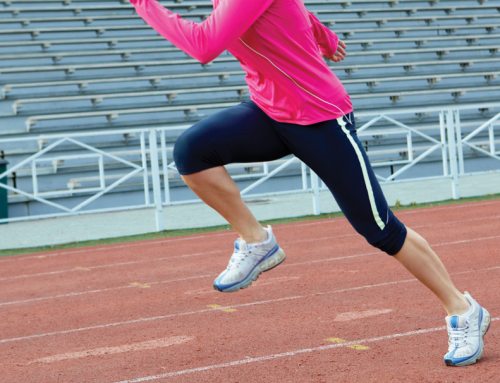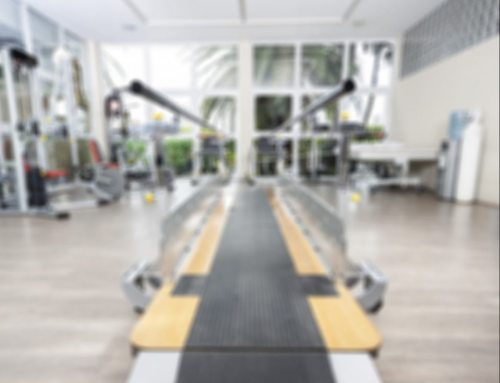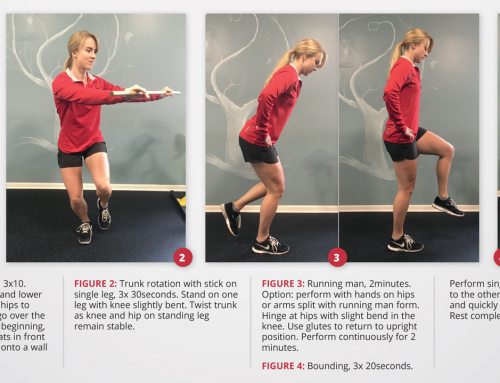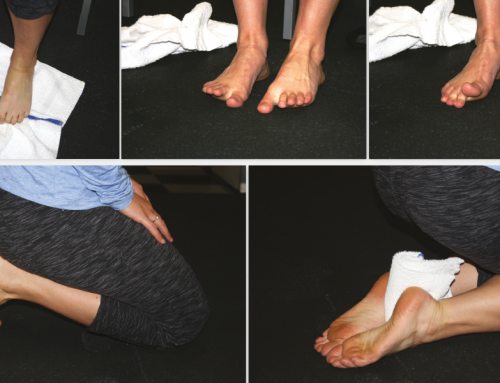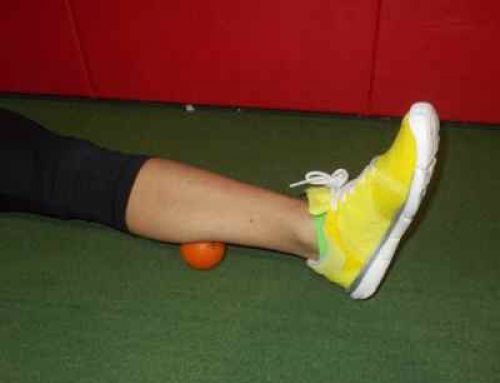By Brian Schiff, PT, CSCS
Anterior knee pain, otherwise referred to as chondromalacia, patellofemoral overload, and patellofemoral pain (P-F pain), affects several groups in our society. This diagnosis typically involves inflammation and/or degeneration of the cartilage behind the kneecap as well as the articulation between the patella (kneecap) and the femur.
Females are often more prone to P-F pain due to anatomical differences, which may include a wider pelvis, increased tibial torsion, excessive lateral tilting/tracking of the patella, and improper quad/hamstring strength ratios.
How do you overcome this and prevent it from interfering with your training? Essentially, you need to address the following:
- The right footwear that matches your arch and foot mechanics
- Routine foam rolling and flexibility work to resolve muscular tightness
- Proper strengthening for the hips and knees to ensure optimal body alignment
- Adequate rest and recovery based upon your own body’s training threshold
Many endurance athletes prefer not to get caught up in going to the gym to work out, as they prefer to be running, swimming or cycling. However, strength training is critical for injury prevention and optimal performance. The best part of all is that you can accomplish great workouts simply using your own bodyweight.
Consider research published in the Journal of Orthopaedic and Sports Physical Therapy in 2003, where Powers et al. determined that patellofemoral joint forces with squatting are significantly greater with external loading versus bodyweight only in flexion angles beginning at 45 degrees during eccentric loading (lowering down while peaking at 90 degrees) and concentric loading (rising up) at 90 and 75 degrees.
What does this mean for you? Essentially, if you are a runner and suffer from this type of pain, you may want to limit deeper range of motion with squatting and/or consider limiting the amount of external loading as well. More so, you should be doing single leg training keeping this same information in mind.
With running, you are constantly impacting the ground with all of your weight on one leg. Hence, it makes perfect sense to use single leg bodyweight training to improve hip and knee strength to reduce patellofemoral pain with repetitive training. Toward this goal, I have included three easy exercises you can do at home:
1. Single leg squat—stand one leg and squat down extending your fingertips toward the floor while keeping your knee in alignment with the foot at all times. Squat only as far as you can comfortably. Return to upright each time. Perform 2–3 sets of 10 repetitions on each leg.
2. Single leg stiff legged dead lift—stand on one leg (knee slightly bent) and bend over at the hip keeping the back flat throughout until a stretch is felt in the hamstrings. Perform 2–3 sets of 10 repetitions on each leg.
3. Single leg forward and backward reach—stand on one leg and reach the opposite heel forward as far as you can while keeping the stance heel flat and then move the leg backward pointing the toes as far back as possible, maintaining balance the whole time. Continue moving forward and backward for 10 repetitions making sure the knee of the stance leg is in line with the foot at all times. Repeat 2–3 times on each side.
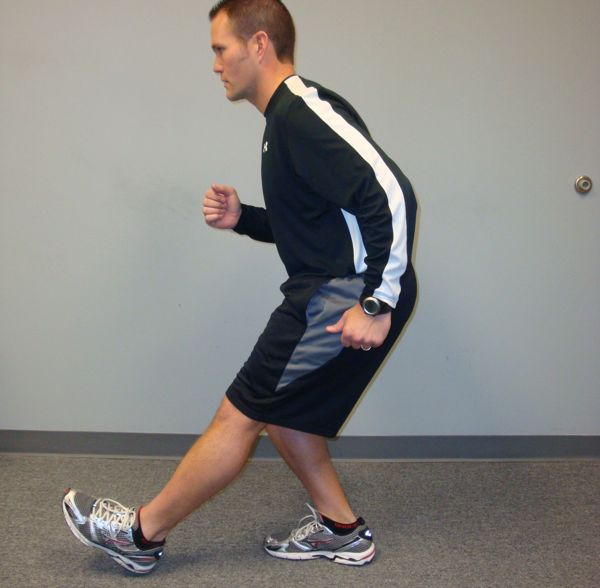
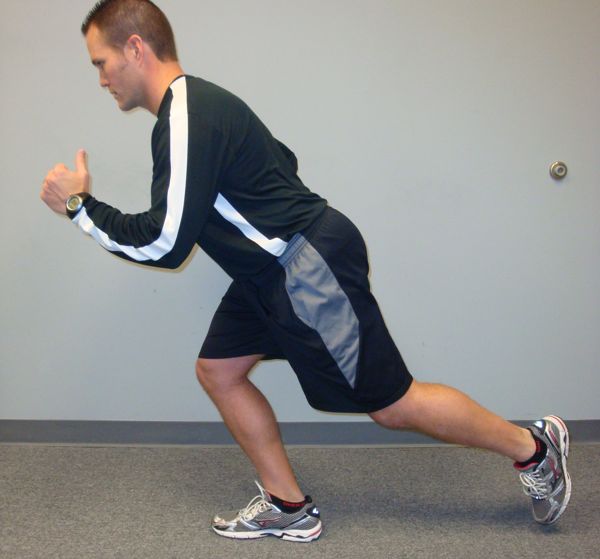
# # #
Brian Schiff, PT, CSCS, is a sports physical therapist and supervisor at The Athletic Performance Center in Raleigh. For more information on their services, visit the APC online at www.apcraleigh.com or www.apccary.com.


